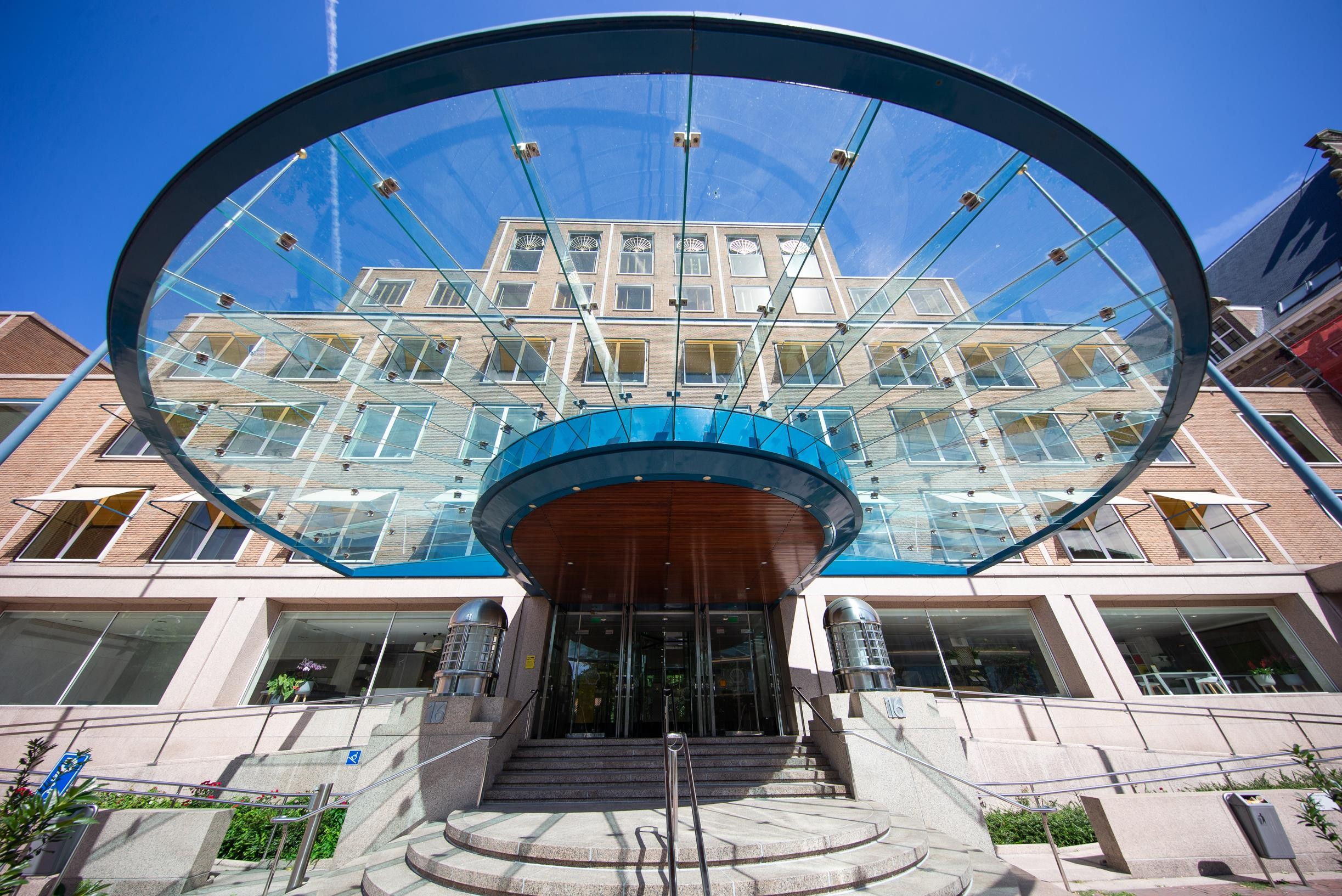What impact has the closing of the night emergencies at the Dracénie Hospital Center had on the daily life of the firefighters of the Departmental Fire and Rescue Service?
To this question, the representatives of Sdis 83 did not wish to answer point blank.
“But today, two weeks and a hundred interventions later, it is clear that the difficulties are” what does this reality imply on the firefighters.
Update with Dominique Lain and Frédéric Gosse, respectively chairman of the board of directors and deputy departmental director of Sdis 83.
Effective since October 29, does the night-time closure of the emergency room have an impact on Sdis’ activity?
Since this closure, our intervention times have doubled. From now on, we have to repatriate people with medical suffering to the closest technical platform, that is to say Fréjus or Brignoles, when possible. Because, depending on the degree of saturation of the hospitals or the pathology in question, the center 15 can direct us to Cannes, Grasse, or even Toulon. Over the last two weeks, the average duration of our journeys is almost 2 hours, compared to less than 1 hour in normal times. The number of interventions remains constant, we count between 4 and 7 per night, but, on the road, the firefighters cover between 50 and 100 additional kilometers.
Concretely, how do you organize yourself in the face of these new constraints?
We had to requisition fourteen firefighters, to reinforce the thirty or so personnel already mobilized at night in the Draguignan and Dracénie sector. This ensures the continuity of care, if another intervention were to be triggered in parallel, but also to make the departures for fires reliable (apartment fires, house fires, etc.). If we mobilize people on hospital transport, we must necessarily strengthen the teams to be able to meet demand.
This is an additional burden on an already busy year …
All this actually happens after intense months, between the health crisis, the monstrous fire of this summer, the floods and an overcrowding of summer tourists which has increased the number of interventions. Then the lengthening of the duration of the interventions poses a new problem: that of the availability of the volunteer firefighters, very solicited in recent months and currently called in reinforcement at night. Many have a job on the side, not necessarily compatible with these new constraints. For us, the closure of emergencies therefore complicates a year that already was.
Are demotivation and fatigue felt among the teams?
The motivation is still there, but the fatigue is more and more prevalent. The teams are exhausted and are even more so as we have no visibility, no release date.
What state of mind are you in today?
We do not want to accuse anyone, nor get into political considerations, nor even be alarmist.
We put things in a factual way and it is clear that firefighters remain the last resort in the event of a problem and an essential link in the rescue chain.
Today, we are adapting and showing solidarity, even if this implies organizational complexity, as well as human and financial costs. But if this closure continues, it will become difficult for us to meet demand in the sector. A fortiori as the sensitive holiday season approaches. Our adaptability is very real, but unfortunately it is not scalable. And this situation will quickly become untenable. This is the message we want to get across.
–


